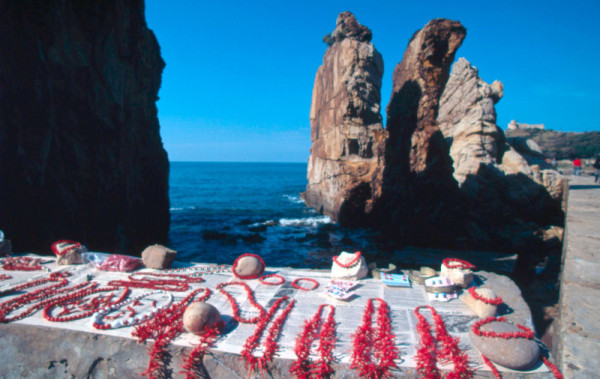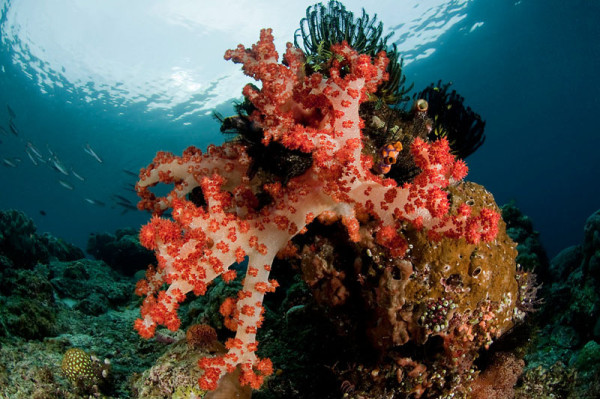Coral Trafficking: Little did I know, I might be an illegal wildlife trader. Are you?
When you hear (or read) the words ‘illegal wildlife trade’, what comes to mind? Is it an image of a lion, taken from its home to be put in a cage, ready for a performance at a circus? Or maybe you think of elephant poachers in far reaching parts of the world, hunting the big beautiful creatures for their ivory tusks?
Those are the images that came to my mind: people in places that I have never been, doing things that I would never do.
Little did I know that I quite possibly have engaged in illegal wildlife trade and didn’t even know I was doing so. I have (and maybe you have too?) bought jewellery from a roadside stand while on holiday, and quite honestly, I have no idea what it is made out of or where it came from.
“The precious coral trade is huge,” explained Ernie Cooper, who leads the Vancouver-based wildlife trade team for WWF-Canada and is the National Representative of the TRAFFIC Network. “It’s found in every significant city on the planet. How much coral is being dredged out of the ocean to feed a market that huge?”
After chatting this month to Ernie, “Canada’s top wildlife-trafficking investigator” (as named by Canadian Geographic Magazine), my eyes have been opened to a whole world of wildlife trafficking, including that of certain insect species and types of coral, to name a few, that I had no idea existed.
So what’s being done about it?
Thankfully, for people like me who don’t know much about wildlife trafficking, or even how much it might be a part of my everyday life, there is a wildlife trade monitoring network called TRAFFIC, which is working to ensure that trade in wild plants and animals is not a threat to the conservation of nature.
TRAFFIC was established in 1976 and now employs around 100 staff, based in nearly 30 countries worldwide who are committed to delivering innovative and practical conservation solutions based on the latest information. TRAFFIC is the only international organisation that is dedicated solely to ensuring that wildlife trade is not detrimental to the conservation of nature.
They are some of the people working to make sure that we are educated enough not to buy items made with elephant ivory – and with more people like you reading blogs like this one, we’ll soon be educated about other things to look out for; precious corals being used as stones for jewellery, the overexploitation of marine turtles and timber trees, to name just a few.
Want to help get the word out? Share this blog to your own social networks on Facebook and Twitter and join the conversation as we chat more this summer about what we can do to help prevent illegal wildlife trade.



